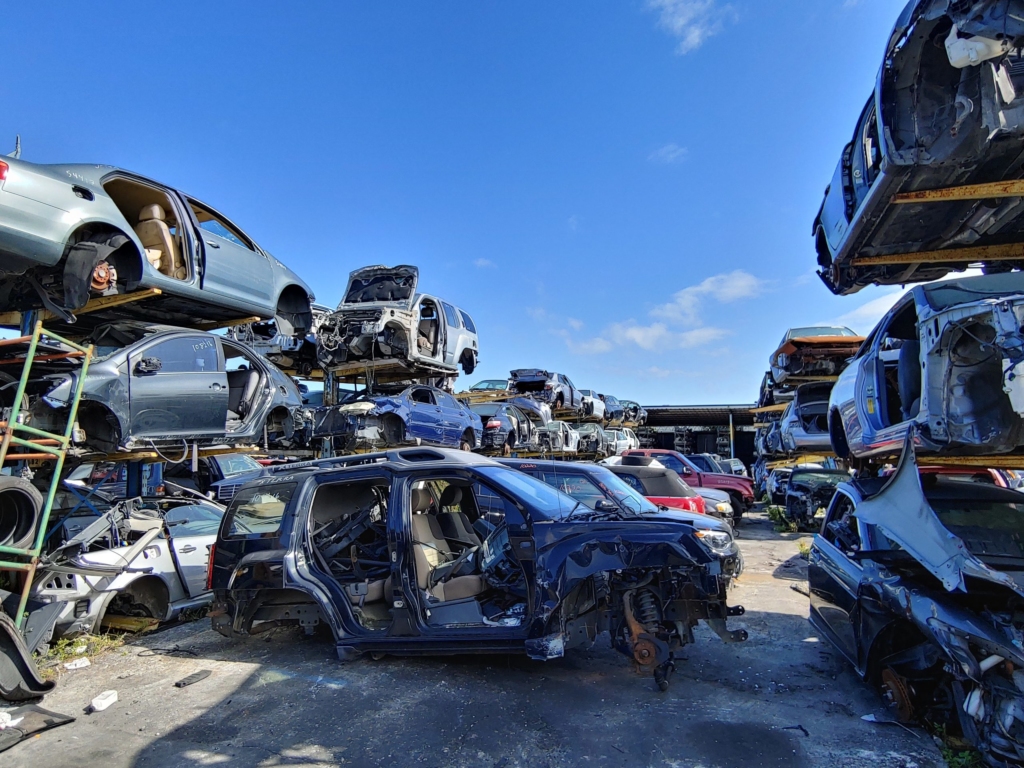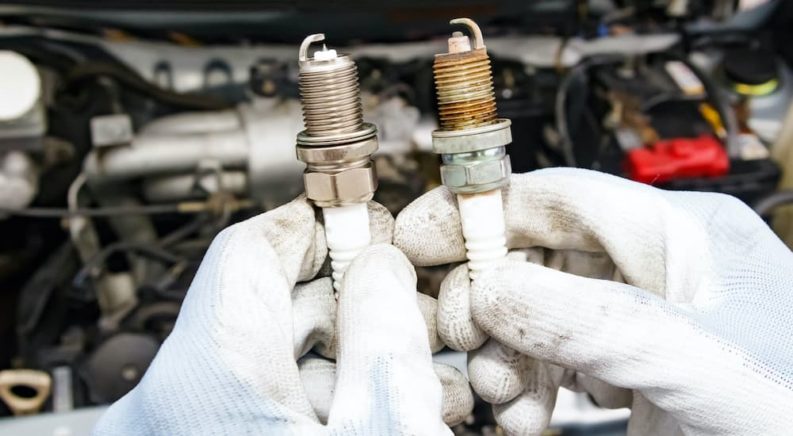Salvage Yard Revival
The automotive industry produces a significant amount of waste, with used car components and vehicles reaching the end of their life cycle. However, the concept of recycling and reusing auto parts has gained traction in recent years, offering numerous benefits for both the environment and consumers. Salvage yards, also known as auto recyclers, play a vital role in this process by collecting, dismantling, and reselling usable parts from decommissioned vehicles. This article delves into the world of salvage yards, highlighting the benefits of auto part recycling and reuse.

Environmental Benefits
Auto part recycling and reuse significantly contribute to reducing the environmental impact of the automotive industry. Salvage yards help divert millions of tons of waste from landfills each year by salvaging functional parts from end-of-life vehicles. Recycling these parts reduces the need for new manufacturing, conserving raw materials and energy. Moreover, salvage yards properly dispose of hazardous fluids, such as motor oil and coolant, preventing their release into the environment. By promoting resource conservation and waste reduction, auto part recycling contributes to a more sustainable automotive sector.
Cost Savings for Consumers
One of the significant advantages of auto part recycling and reuse is cost savings for consumers. Purchasing used auto parts from salvage yards can be significantly cheaper compared to buying new parts from dealerships. This is particularly beneficial for older vehicles or those with discontinued parts, where finding new replacements can be challenging and expensive. Salvage yards offer a wide range of components, including engines, transmissions, body panels, and interior parts, providing consumers with affordable alternatives to keep their vehicles running smoothly. By opting for recycled auto parts, consumers can save money while reducing their environmental footprint.

Availability of Rare and Vintage Parts
Salvage yards also serve as treasure troves for rare and vintage auto parts. Many enthusiasts and collectors turn to salvage yards to find elusive components for classic cars or unique models. These yards often house a vast inventory of older vehicles, making it more likely to find rare and discontinued parts that may not be available elsewhere. By preserving and offering access to these parts, salvage yards contribute to the restoration and preservation of automotive history, enabling enthusiasts to maintain their prized vehicles and keep their automotive heritage alive.
Wrap up
Salvage yards and auto part recycling play a crucial role in the automotive industry’s sustainability efforts. By promoting the recycling and reuse of auto parts, these facilities contribute to waste reduction, resource conservation, and cost savings for consumers. Environmental benefits, such as reduced landfill waste and energy savings, make auto part recycling a key pillar in building a more sustainable automotive sector. Additionally, salvage yards provide a valuable resource for enthusiasts and collectors seeking rare and vintage auto parts. As the awareness and demand for sustainable practices continue to grow, the role of salvage yards in the automotive ecosystem becomes even more significant, bridging the gap between sustainability and affordability in the industry.


